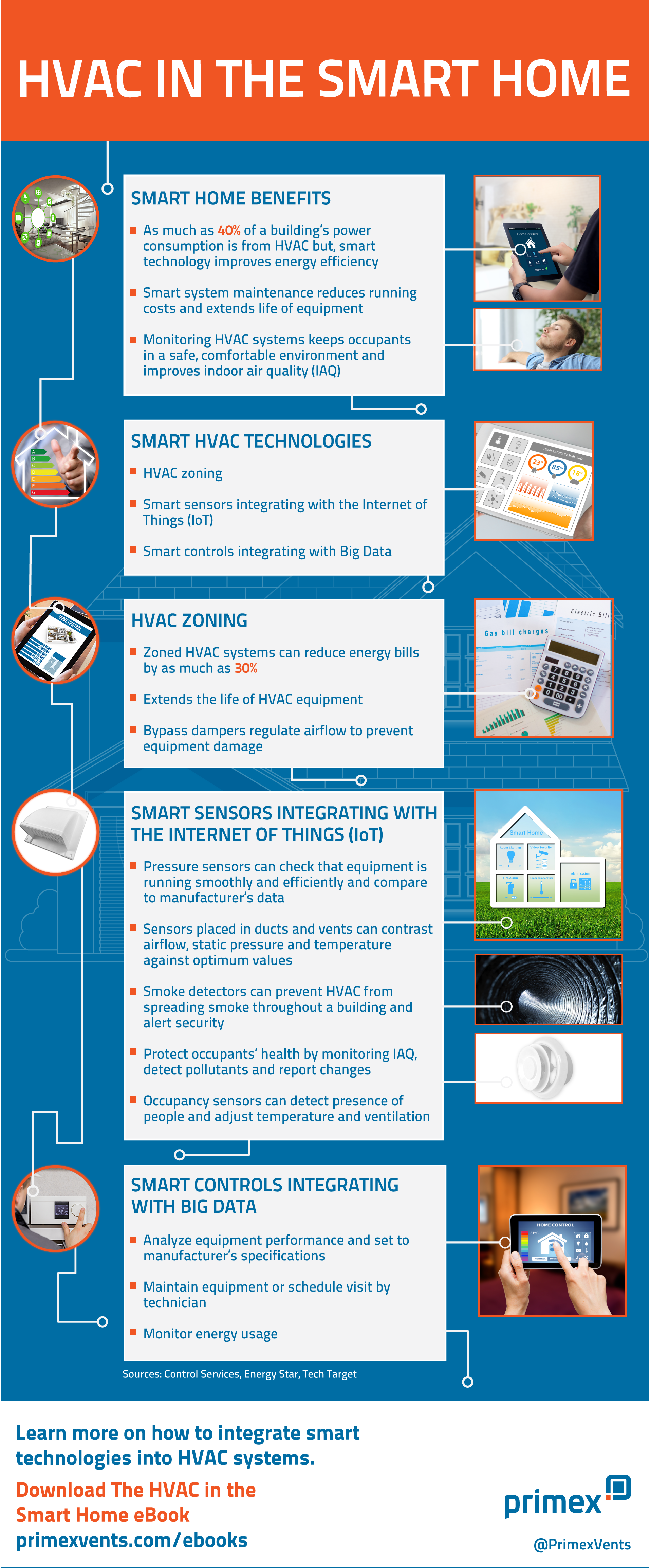The Ultimate Guide To Comprehending Heat Pumps - Exactly How Do They Function?
The Ultimate Guide To Comprehending Heat Pumps - Exactly How Do They Function?
Blog Article
Post Created By- additional reading can save you substantial quantities of cash on power costs. They can likewise help reduce greenhouse gas discharges, particularly if you utilize electricity in place of fossil fuels like lp and home heating oil or electric-resistance heaters.
Heatpump function very much the same as a/c unit do. This makes them a feasible choice to traditional electrical home heating systems.
Just how They Function
Heatpump cool homes in the summer season and, with a little assistance from electrical power or natural gas, they offer a few of your home's heating in the winter. They're a good choice for individuals who want to minimize their use of fossil fuels yet aren't all set to change their existing heater and cooling system.
They count on the physical reality that even in air that appears also cold, there's still energy present: cozy air is always moving, and it intends to relocate right into cooler, lower-pressure settings like your home.
Many ENERGY celebrity accredited heatpump run at near their heating or cooling capacity throughout most of the year, lessening on/off biking and conserving energy. For the very best efficiency, concentrate on systems with a high SEER and HSPF score.
The Compressor
The heart of the heatpump is the compressor, which is likewise referred to as an air compressor. This mechanical streaming device uses possible energy from power development to increase the stress of a gas by lowering its quantity. air conditioning installer christchurch is different from a pump because it only deals with gases and can't collaborate with fluids, as pumps do.
Atmospheric air goes into the compressor through an inlet valve. It travels around vane-mounted arms with self-adjusting size that split the inside of the compressor, developing numerous dental caries of varying size. The rotor's spin pressures these tooth cavities to move in and out of phase with each other, compressing the air.
The compressor pulls in the low-temperature, high-pressure refrigerant vapor from the evaporator and compresses it into the hot, pressurized state of a gas. This process is duplicated as needed to supply heating or cooling as required. The compressor additionally contains a desuperheater coil that reuses the waste warm and includes superheat to the cooling agent, changing it from its fluid to vapor state.
The Evaporator
The evaporator in heat pumps does the very same point as it does in fridges and air conditioning unit, changing fluid cooling agent right into a gaseous vapor that eliminates warm from the area. Heat pump systems would not function without this critical tool.
This part of the system lies inside your home or structure in an indoor air handler, which can be either a ducted or ductless unit. It includes an evaporator coil and the compressor that compresses the low-pressure vapor from the evaporator to high pressure gas.
Heatpump soak up ambient warmth from the air, and then utilize power to transfer that heat to a home or service in home heating mode. That makes them a great deal more power efficient than electrical heating units or heaters, and due to the fact that they're using tidy electricity from the grid (and not burning fuel), they also generate far less exhausts. That's why heat pumps are such fantastic environmental options. (Not to mention a big reason that they're becoming so preferred.).
The Thermostat.
Heat pumps are excellent choices for homes in cool climates, and you can utilize them in combination with conventional duct-based systems or even go ductless. They're a great alternative to nonrenewable fuel source heater or typical electrical heaters, and they're extra sustainable than oil, gas or nuclear a/c equipment.
Your thermostat is one of the most essential element of your heatpump system, and it works extremely in a different way than a conventional thermostat. All mechanical thermostats (all non-electronic ones) job by using substances that transform size with raising temperature, like curled bimetallic strips or the increasing wax in a cars and truck radiator valve.
These strips include two different sorts of metal, and they're bolted together to create a bridge that finishes an electric circuit attached to your a/c system. As the strip gets warmer, one side of the bridge broadens faster than the various other, which triggers it to flex and indicate that the heating system is needed. When the heat pump remains in heating mode, the reversing shutoff turns around the circulation of cooling agent, so that the outdoors coil now operates as an evaporator and the indoor cylinder becomes a condenser.